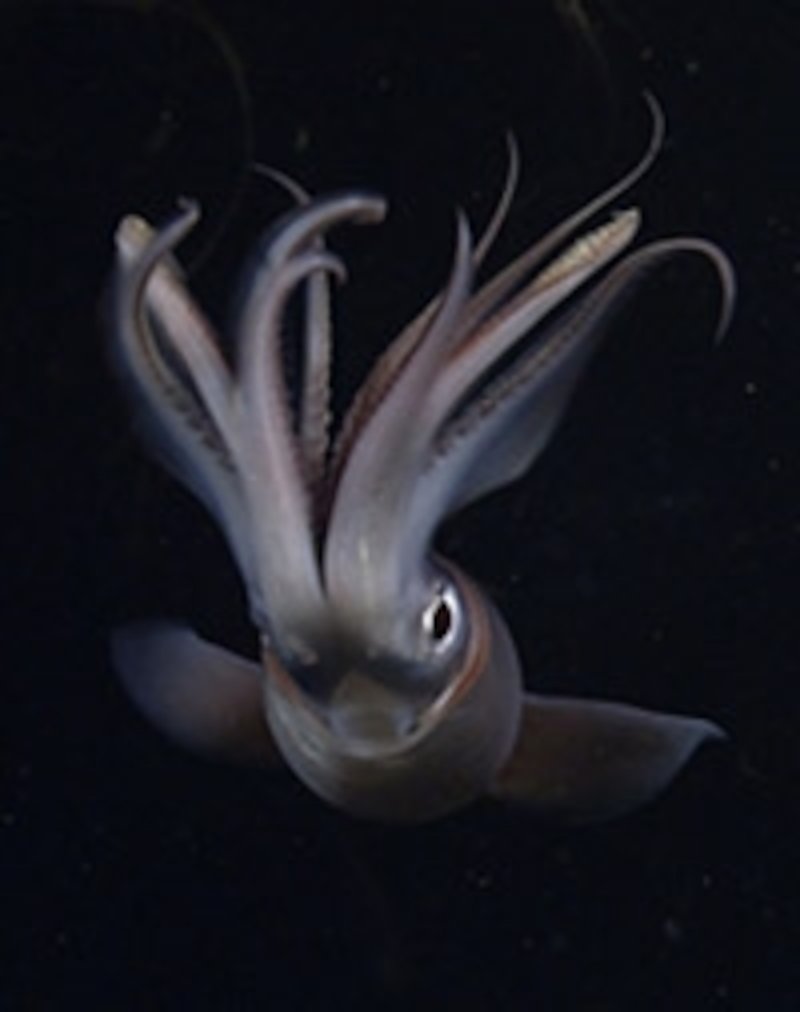
What Is Climate Change?
To understand how climate change affects the giant squid, we first need to grasp what climate change actually means. Essentially, climate change refers to significant changes in global temperatures and weather patterns over time. While these changes can happen naturally, human activities—like burning fossil fuels and deforestation—have sped things up greatly. Think of it like turning up the heat on a pot of water; eventually, it’s going to boil.
As temperatures rise, our oceans absorb a lot of this warmth. The consequences can be profound, affecting everything from coral reefs to fish populations. The giant squid, which thrives in stable environments, is not immune to these changes.
Temperature Changes and Their Impact
Temperature plays a critical role in the life of the giant squid. These creatures prefer specific temperature ranges where they can hunt and thrive. When ocean temperatures rise due to climate change, it can disrupt their habitat.
Here’s the thing: warmer waters can lead to a decrease in oxygen levels, making it harder for squid to survive. If their environment gets too warm, they might have to migrate further down into colder waters or even change their breeding patterns. This could affect their food sources, like fish and other smaller marine creatures that also struggle with warmer waters.
Additionally, changes in temperature can confuse their natural behaviors. For example, if they breed too early or too late due to temperature shifts, it could lead to fewer young squids surviving to adulthood.
Ocean Acidification: A Hidden Threat
Another significant threat to the giant squid comes from ocean acidification. As CO2 levels rise in the atmosphere, a large portion of it gets absorbed by the oceans. This process makes the water more acidic, which can harm various marine life, particularly creatures with calcium carbonate shells, like certain types of plankton.
You might be wondering, “What does this have to do with giant squids?” Well, plankton forms the base of the marine food web. If plankton populations decline due to acidity, it could result in less food available for fish and, consequently, the squid that eat these fish. In a roundabout way, the giant squid’s survival could hinge on tiny organisms that are getting affected by climate change.
Changes in Prey Availability
Speaking of food, the availability of prey is crucial for giant squids. They primarily hunt for fish like deep-sea lanternfish, which are sensitive to environmental changes. With warming waters, these fish may migrate to cooler areas, leaving the giant squid with fewer hunting opportunities.
Imagine you’re trying to grab lunch but all your favorite spots have run out of food. Frustrating, right? This is what giant squids might begin to experience more frequently. Some researchers suggest that as climate change progresses, the distribution of marine species could shift dramatically, impacting the entire food chain.
Effects on Ecosystems and Giant Squid Habitat
The giant squid doesn’t exist in isolation; it’s part of a larger ecosystem. As climate change alters habitats, it can lead to shifts in marine biodiversity. For instance, coral reefs are facing severe stress due to warmer temperatures and acidification. When these reefs suffer, the entire ecosystem can be affected—this includes the routes and locations where squids might hunt.
Here’s a quick rundown of how this works:
- Coral reefs provide shelter and food for many species.
- If they decline, the species that depend on them—like certain fish—will also decline.
- This means less food for the giant squid and a potential imbalance in the ecosystem.
As such habitats change, giant squids may find themselves venturing into unfamiliar waters or struggling to adapt.
Impacts on Reproductive Patterns
Like all species, giant squids have specific reproductive cycles that are tuned to their environments. When climate change alters ocean temperatures and salinity, it can affect their breeding habits. For instance, if warmer water leads to a change in when they lay eggs, this could impact the survival rates of their young.
Let’s say the giant squid traditionally breeds in spring. If temperatures rise and they breed earlier, the young squids might hatch when food is scarce. This mismatch could lead to decreased survival rates. Essentially, it could throw their entire life cycle out of whack.
What Can Be Done?
Although the situation seems daunting, there are steps we can take to help mitigate climate change and protect the giant squid. Here are some actions that can make a difference:
- Pursue renewable energy sources to reduce carbon emissions.
- Support marine conservation efforts that protect vulnerable ecosystems.
- Advocate for policies that aim to reduce pollution and promote sustainability.
Every little effort counts. By working together, we can help ensure that future generations can still marvel at the giant squid and its mysterious, deep-sea world.
So, as we sip our coffee and contemplate the future of the giant squid, it’s clear that climate change poses significant challenges. From warming waters and acidification to disruptions in food supply and reproductive patterns, this fascinating creature is feeling the heat—literally.
By understanding these issues, we can foster a sense of urgency to protect our oceans and their residents. The giant squid symbolizes the delicate balance of marine ecosystems, and it’s worth fighting for. Let’s strive for a world where these magnificent beings can continue to thrive beneath the waves.

